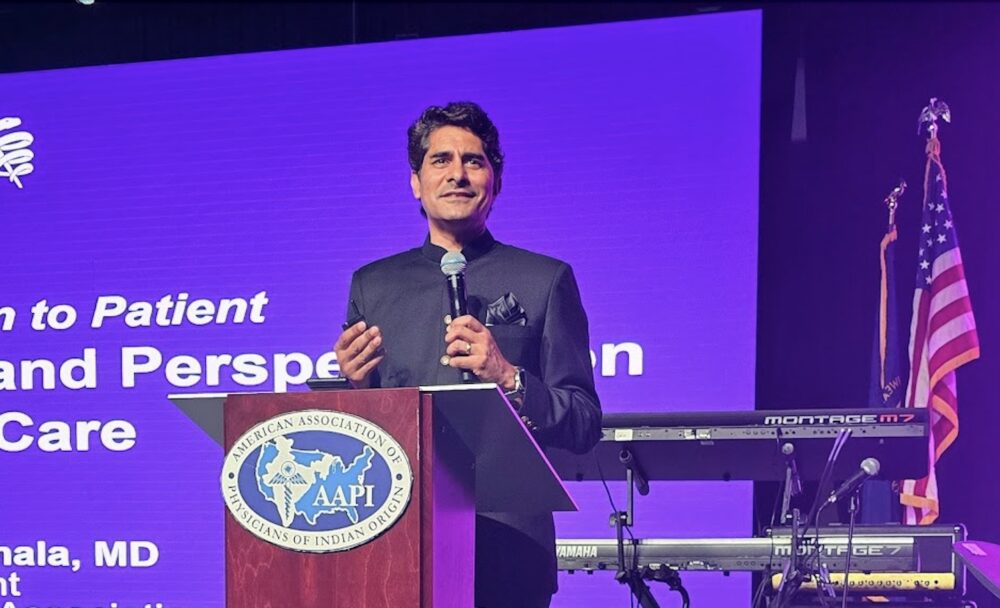Exercise does far more than build muscle or improve endurance—it rewires the body on a molecular level, fundamentally transforming how every organ and tissue functions. Scientists from the Molecular Transducers of Physical Activity Consortium (MoTrPAC) conducted groundbreaking research revealing that physical activity triggers changes in genes, proteins, and metabolites across 19 different tissues, ranging from the brain and heart to immune and digestive systems.
The research, involving treadmill-training rats to mimic human endurance exercise, showed that every organ studied underwent significant molecular shifts, enhancing health and resilience. For example, exercise improves energy metabolism in the heart, supports neural connectivity in the brain crucial for learning and mood regulation, and boosts the liver’s efficiency in managing energy storage. Additionally, the immune system becomes more robust, and even skin and connective tissues become more resilient at a cellular level.
Thousands of molecular changes occurred after just one workout, initiating a cascade of biological signals throughout the body. This molecular rewiring helps explain how regular physical activity contributes to disease prevention and improved longevity, reducing risks associated with diabetes, heart disease, obesity, and neurodegenerative illnesses.
Remarkably, the study highlights sex-specific responses, where males and females show differences in hormonal and metabolic adaptations to exercise. For instance, endurance training affected mitochondrial gene expression differently in male and female adrenal glands, underlining the complex biological interplay influenced by exercise.
The research team used advanced techniques to analyze a comprehensive set of “omics” data—covering genes (transcriptome), proteins (proteome), metabolites (metabolome), and chemical tags on DNA (epigenome)—to create a detailed atlas of exercise’s effects on the body. This holistic view deepens understanding of how physical activity delivers wide-ranging health benefits and opens pathways for new therapeutic approaches against chronic diseases.
As scientists continue translating these findings to human studies, this molecular map of exercise effects offers promising insights that underscore the critical role of staying active for whole-body health.















